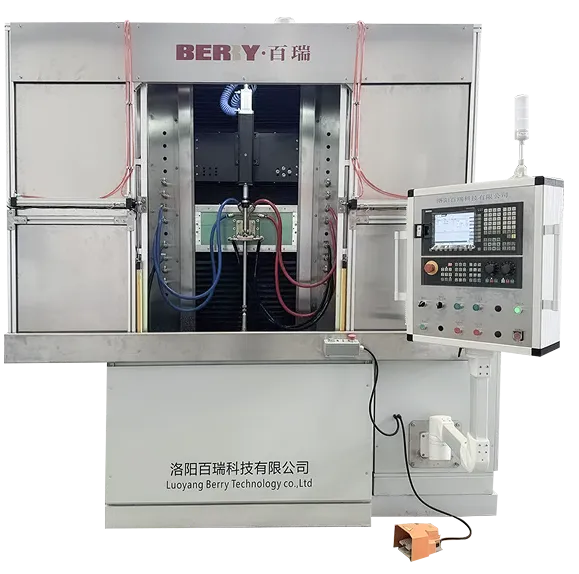
High-temperature materials: Using ferrite or powdered iron cores rated for elevated temperatures;Stabilized alloys: Selecting core materials with low temperature coefficients;Radiation-resistant materials: For aerospace/military applications.
Heavy-duty wire: Using thicker gauge or high-temperature rated wire;Litz wire: For high-frequency applications to reduce skin effect;Edge-wound coils: For improved mechanical stability.
Epoxy potting: Filling the inductor with thermally conductive epoxy;Conformal coating: Applying protective chemical coatings;Hermetic sealing: For extreme environments (vacuum, corrosive).
Robust bobbins: Using high-temperature plastic or ceramic formers;Mechanical clamping: For large inductors to prevent vibration damage;Shock-mounted designs: For applications with mechanical vibration